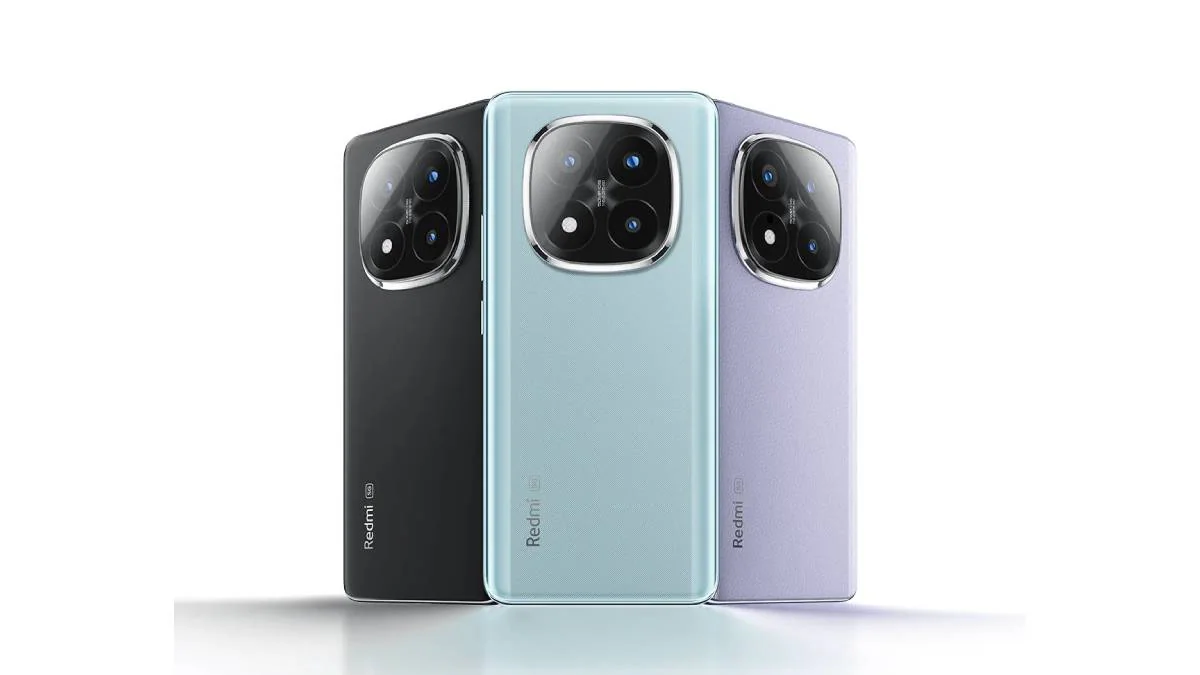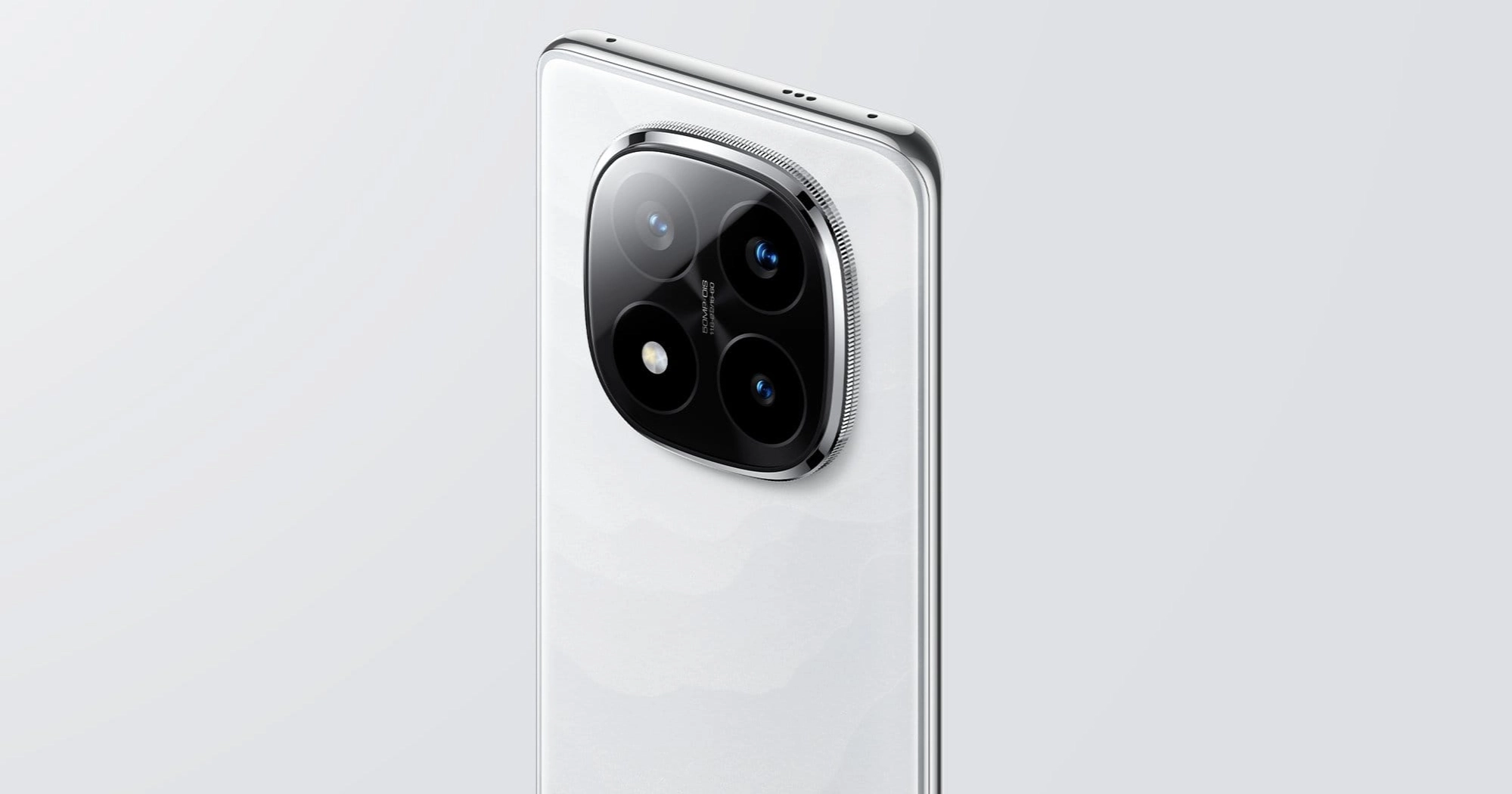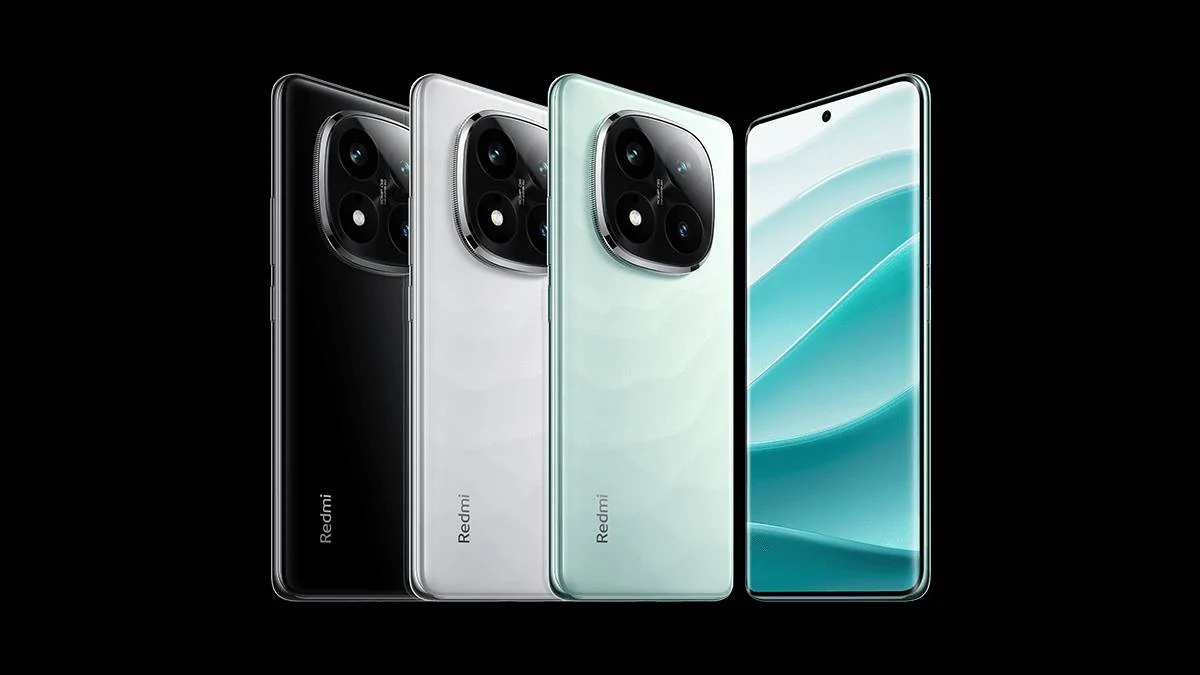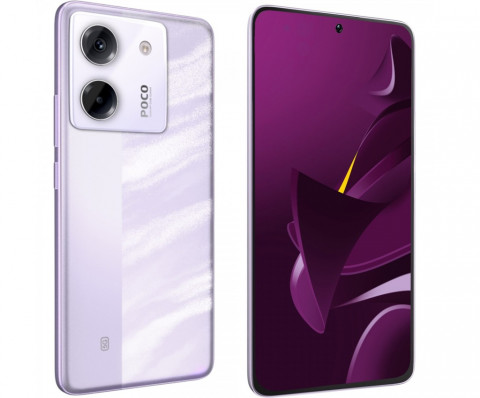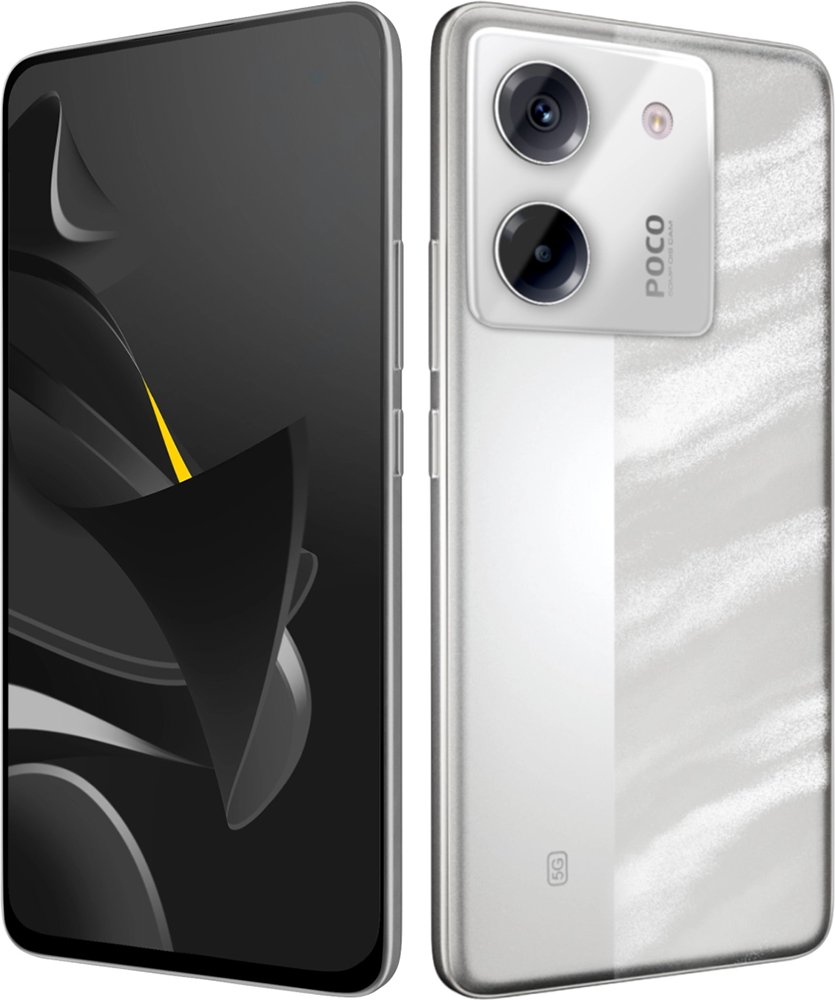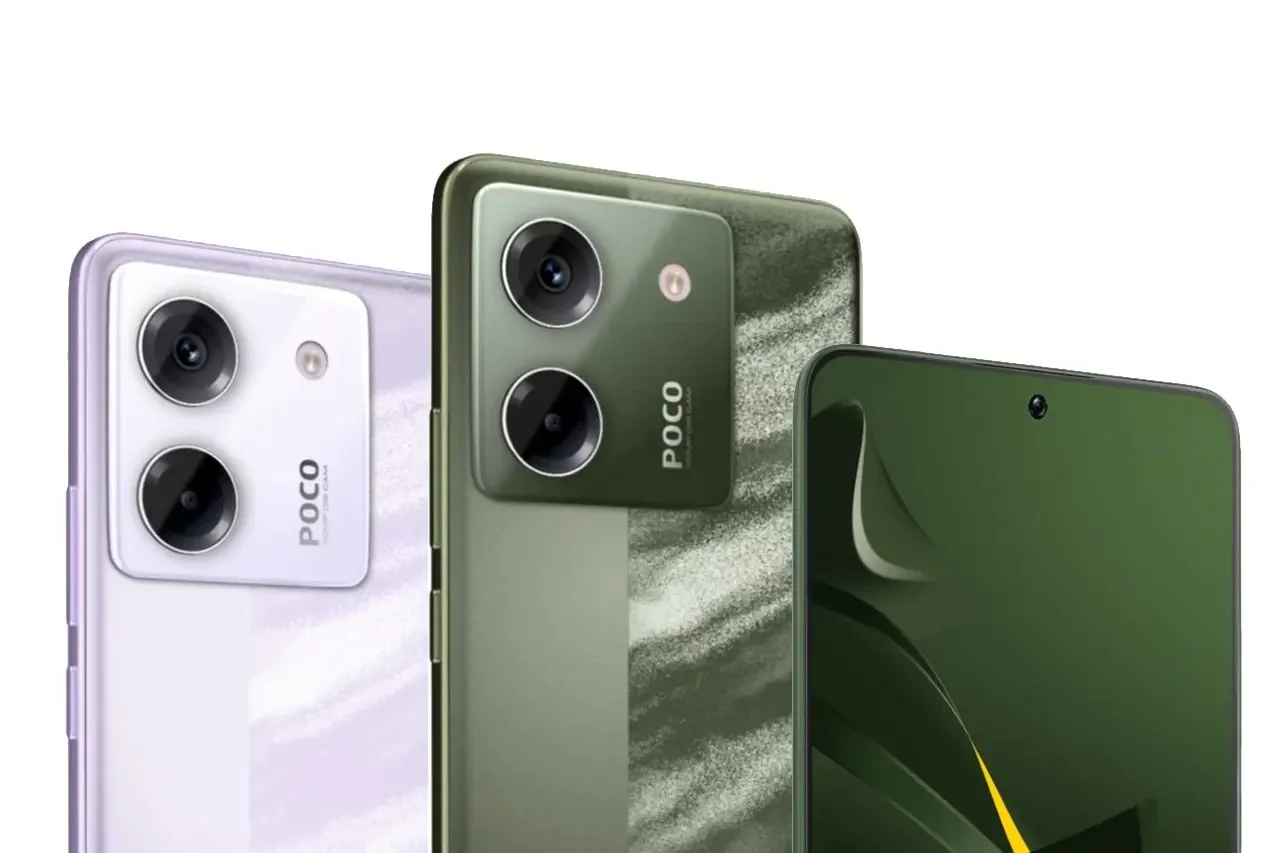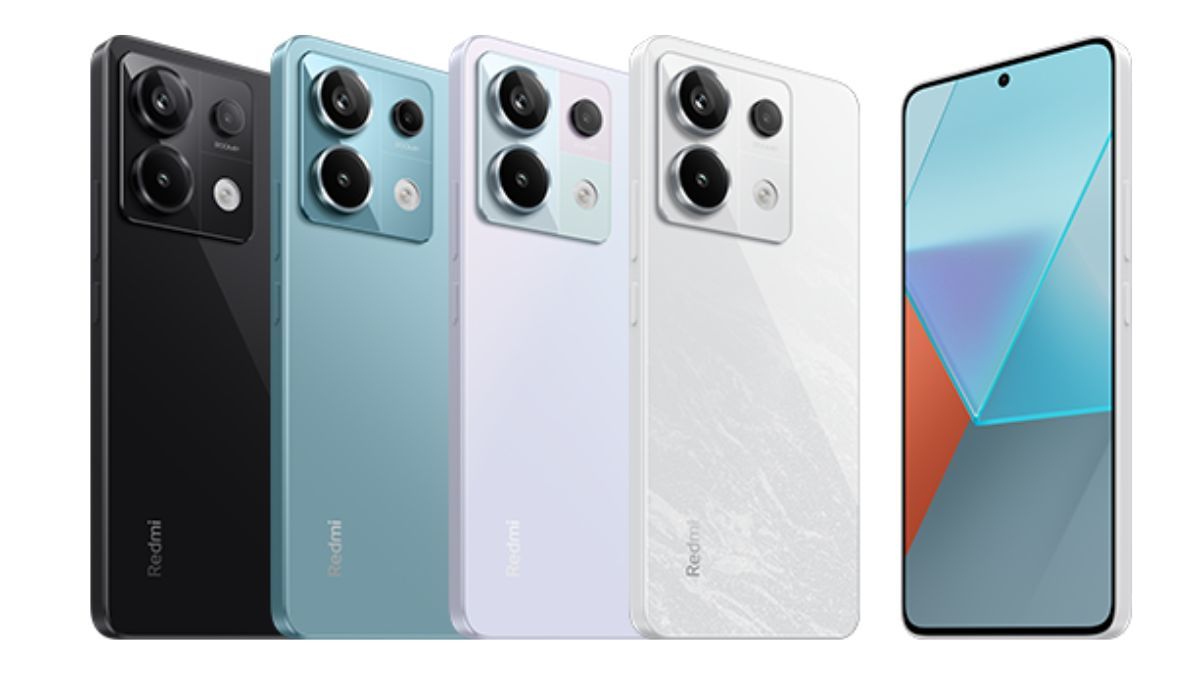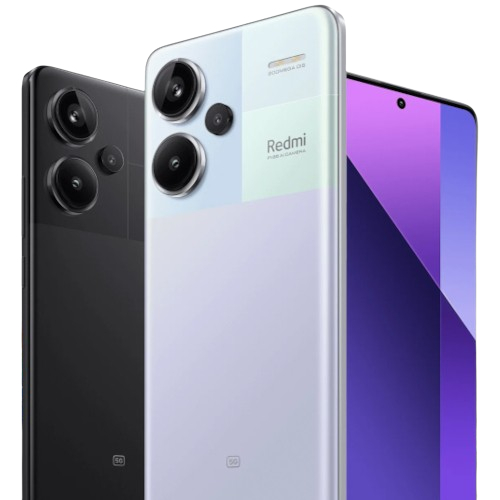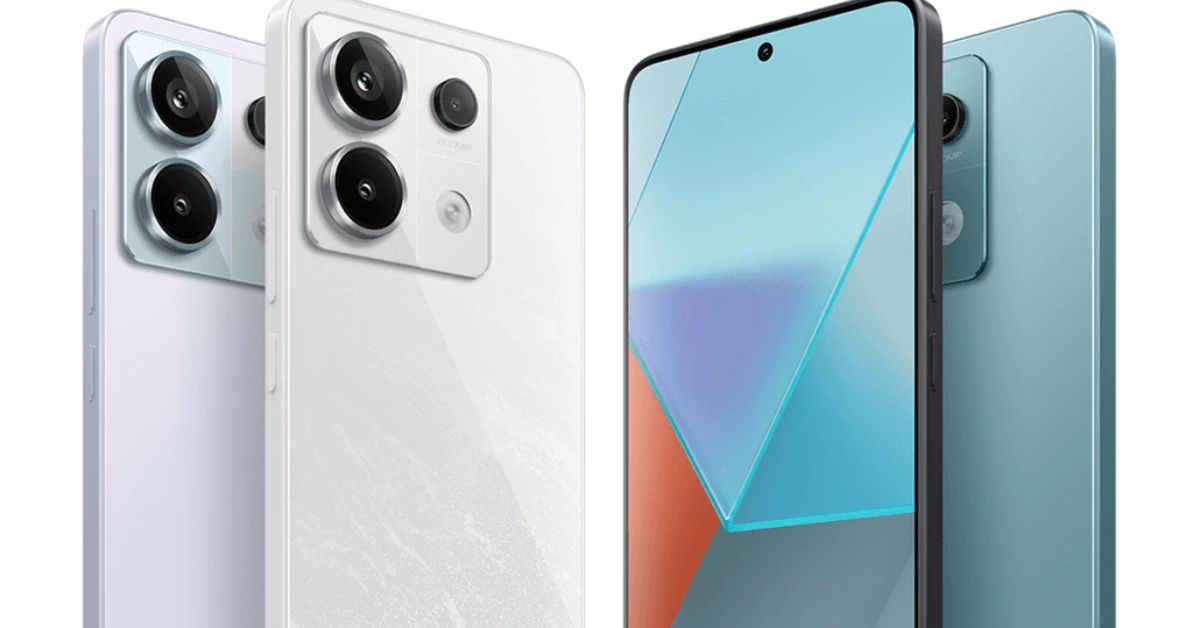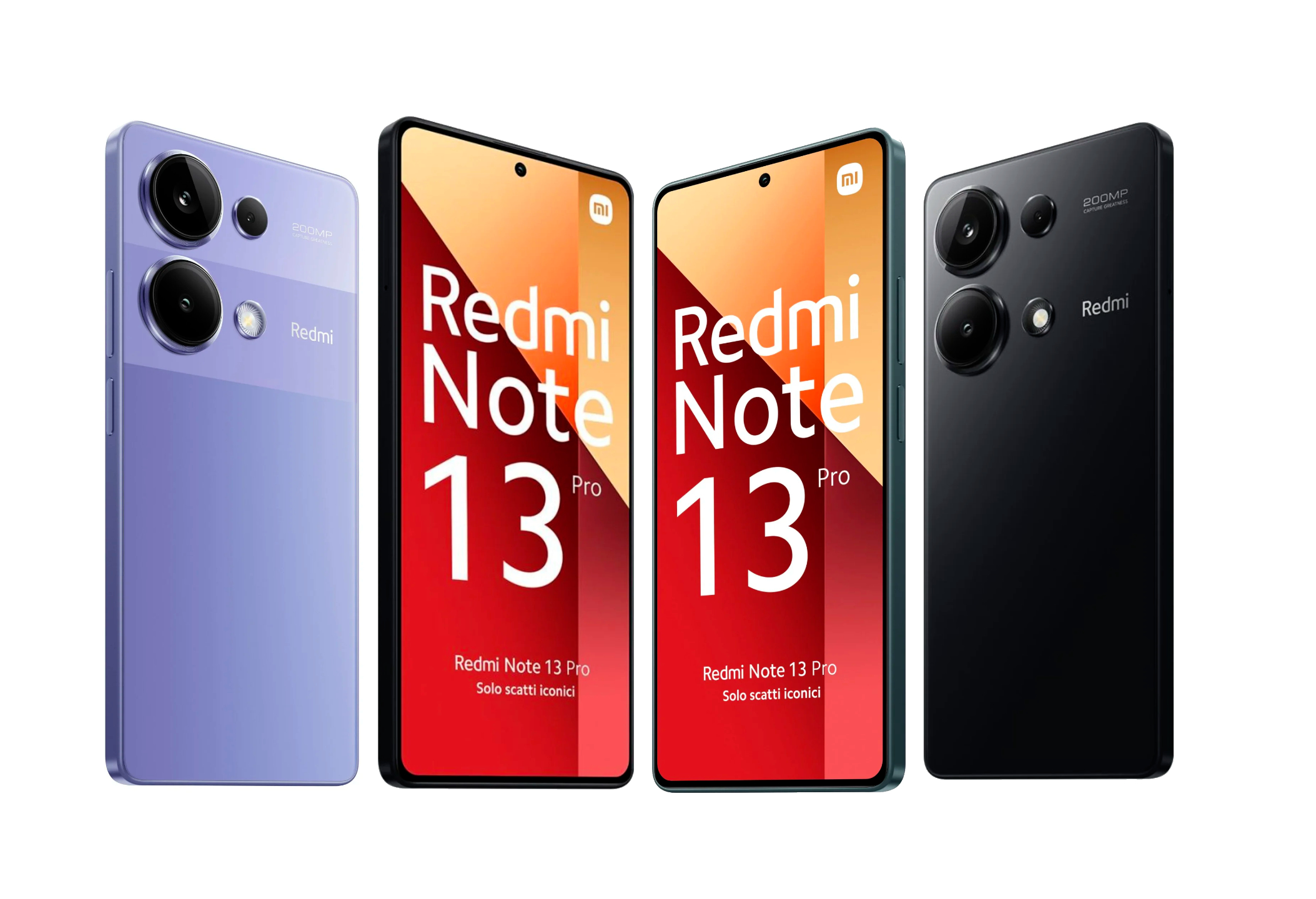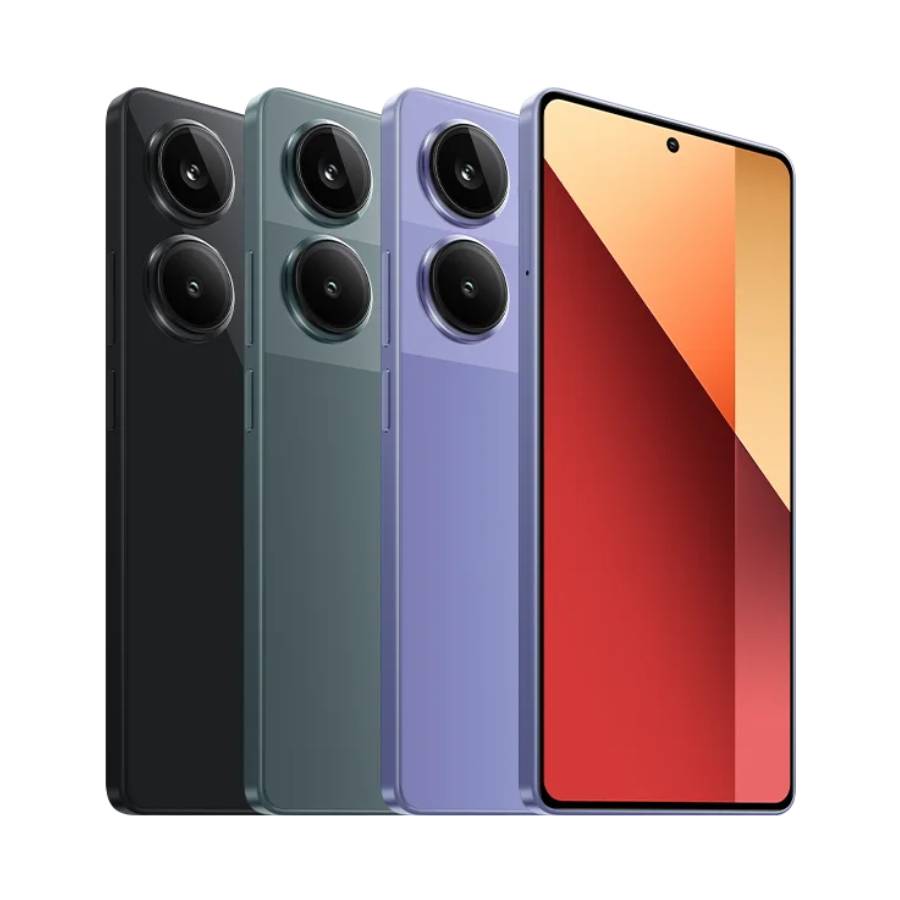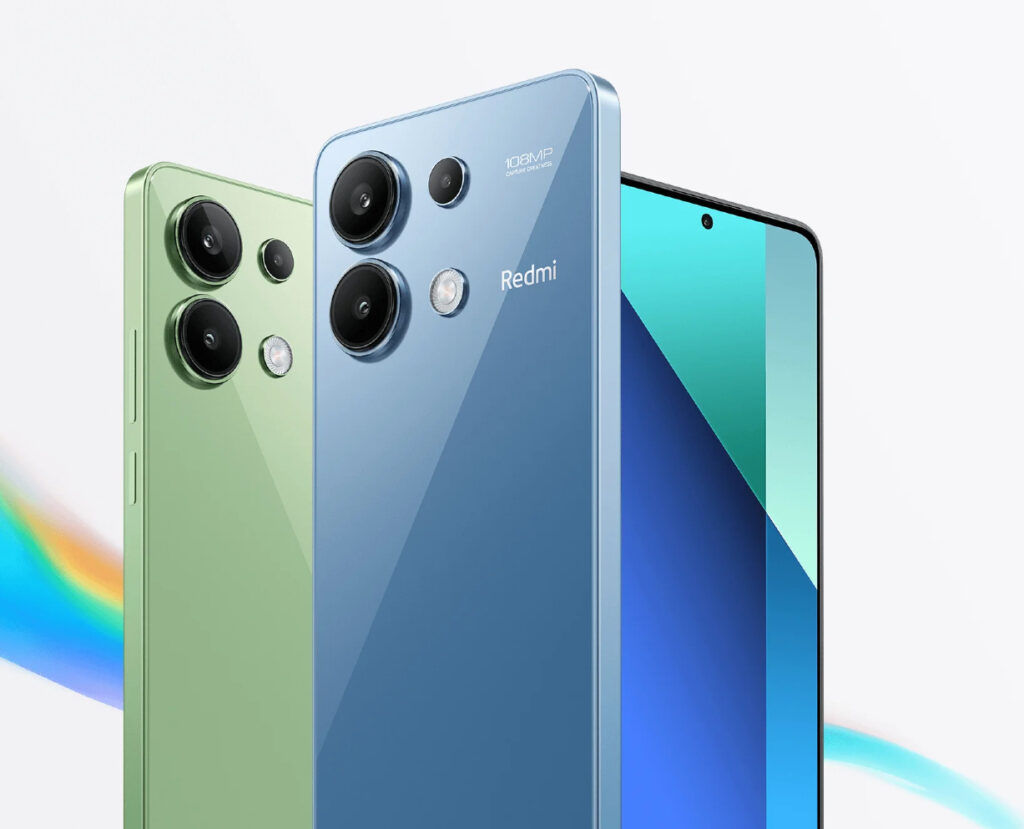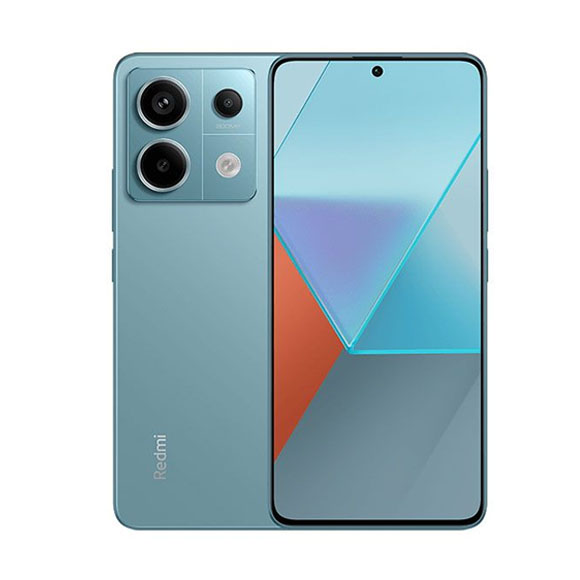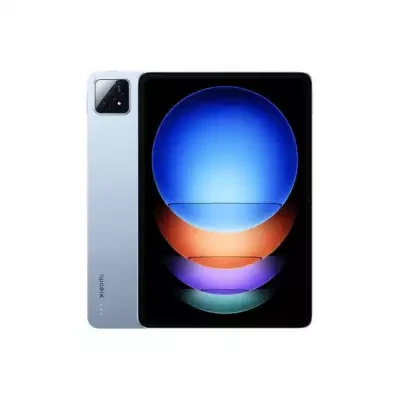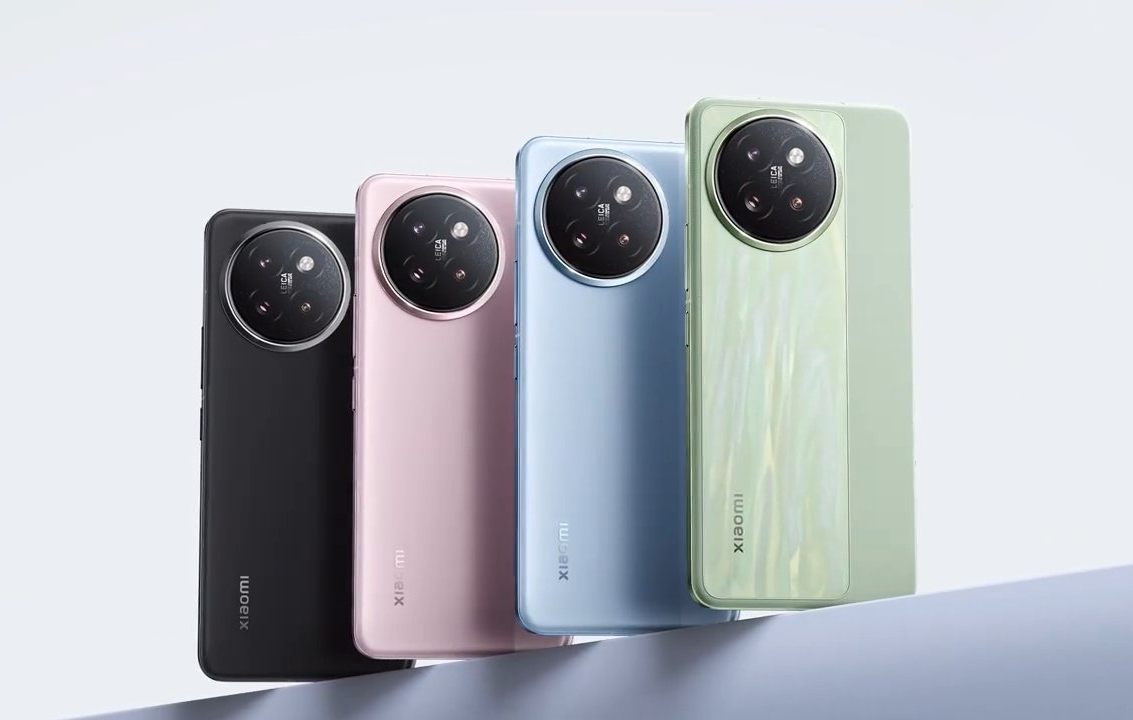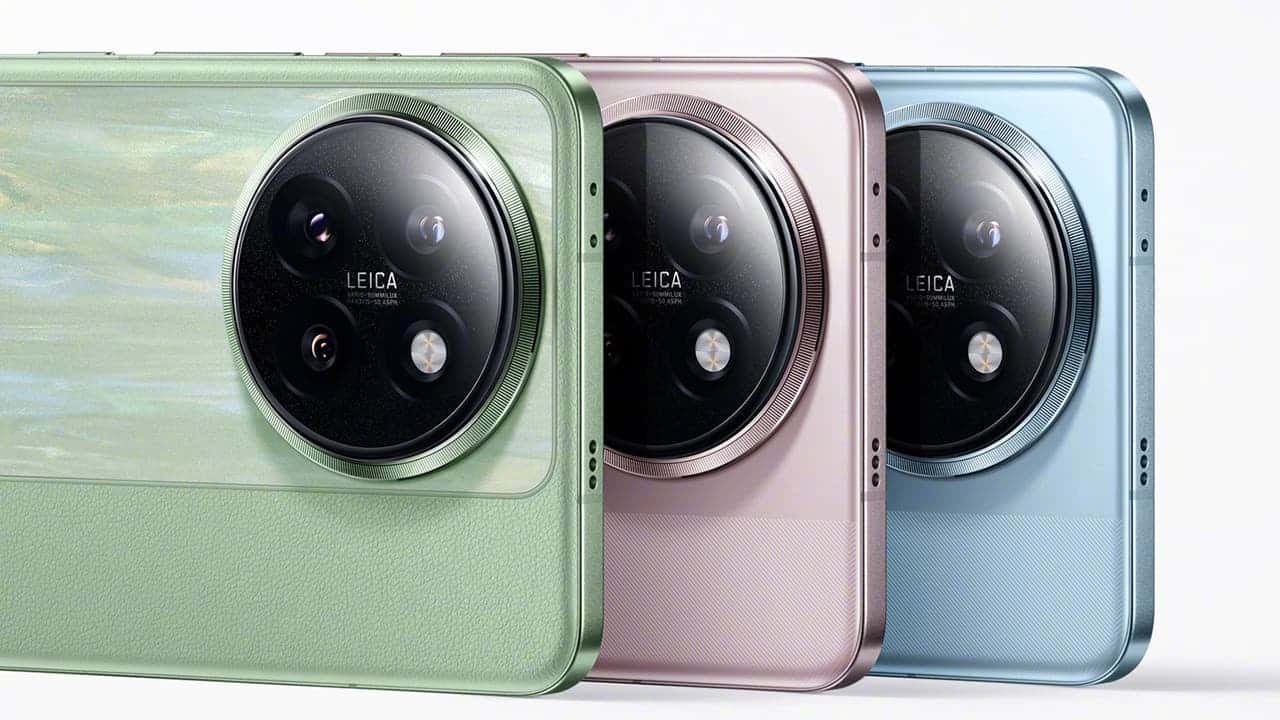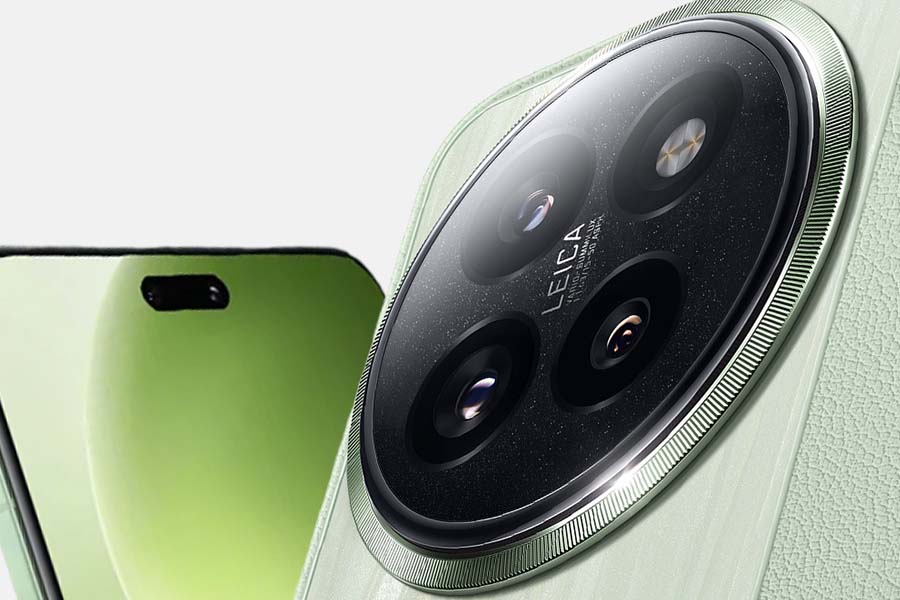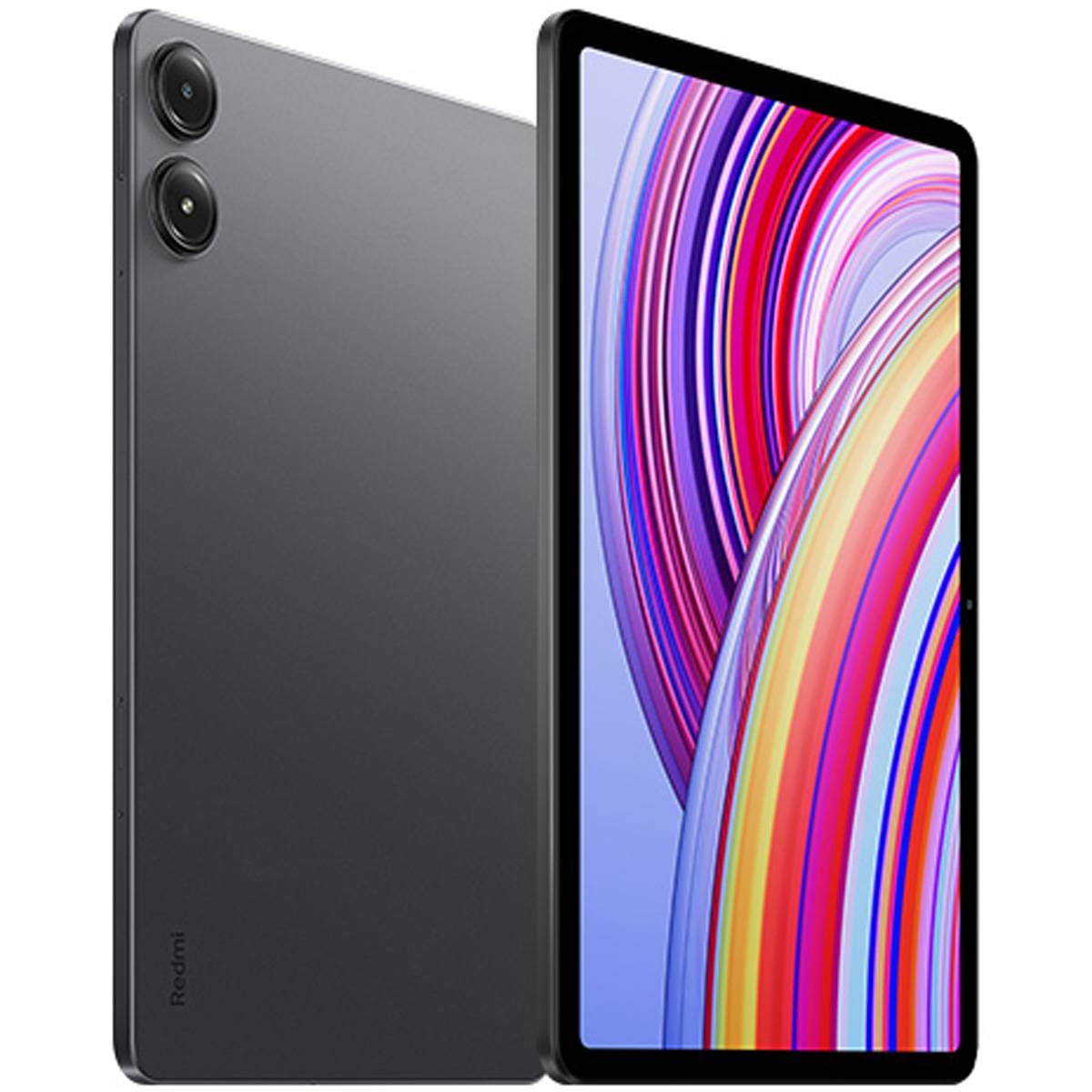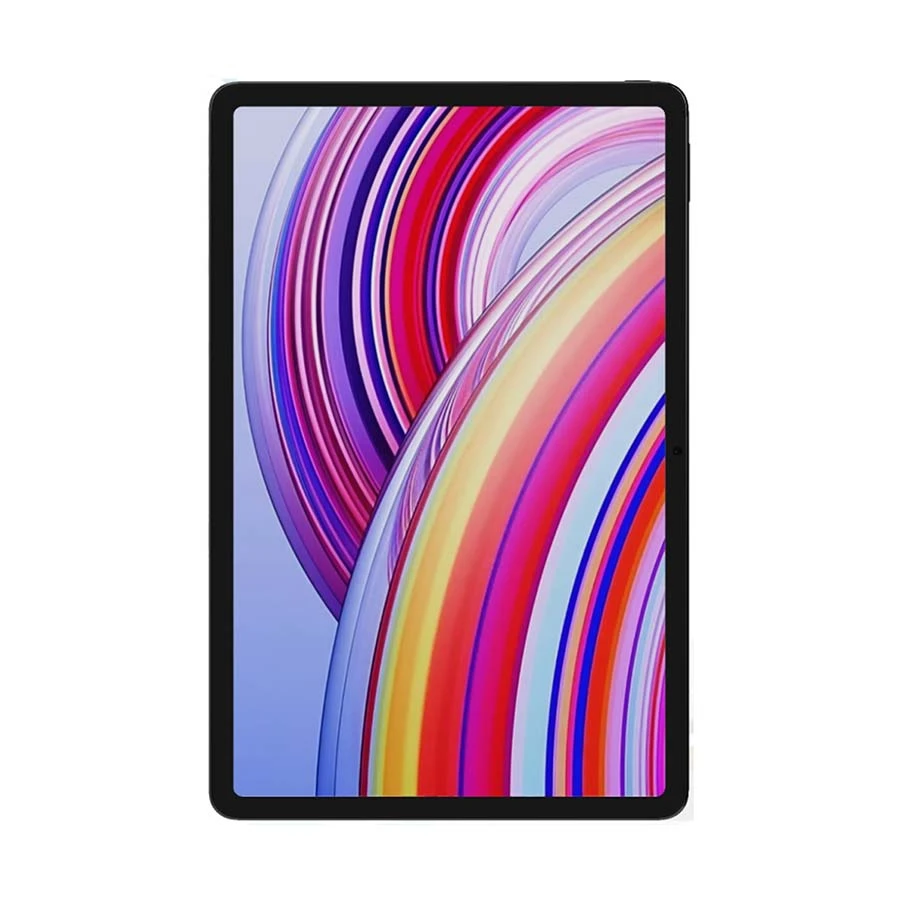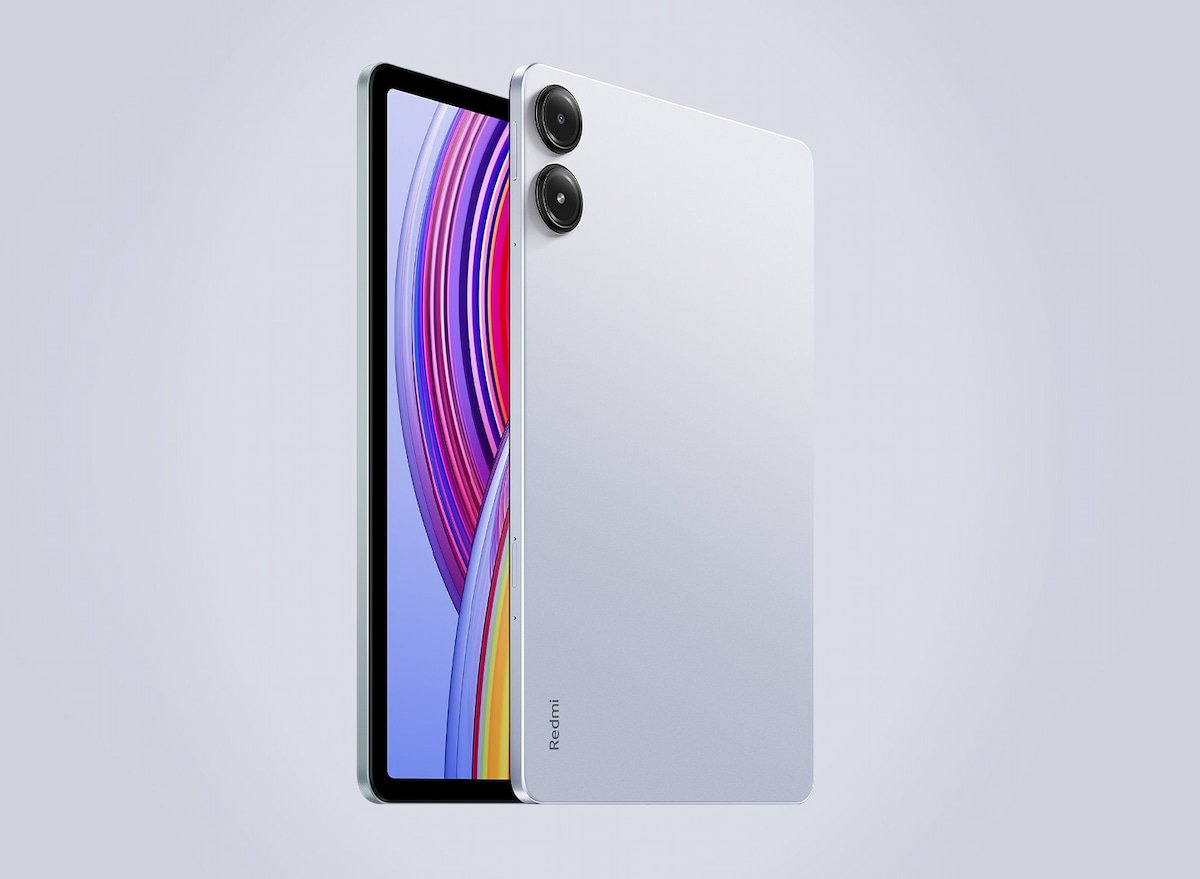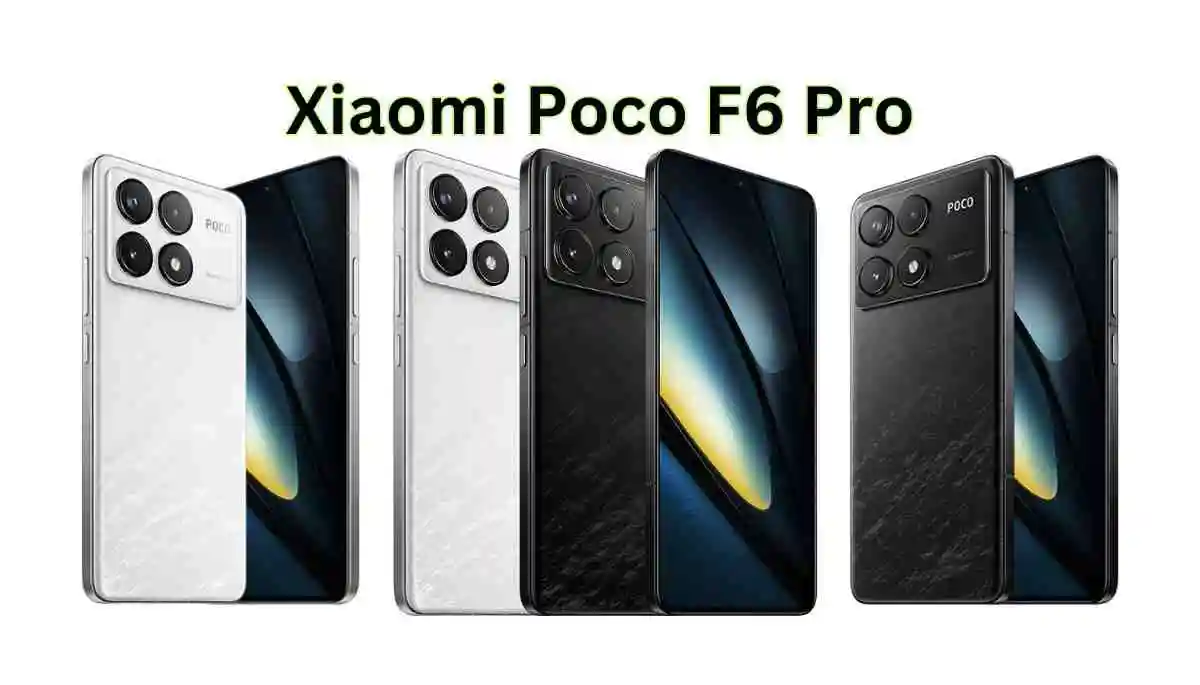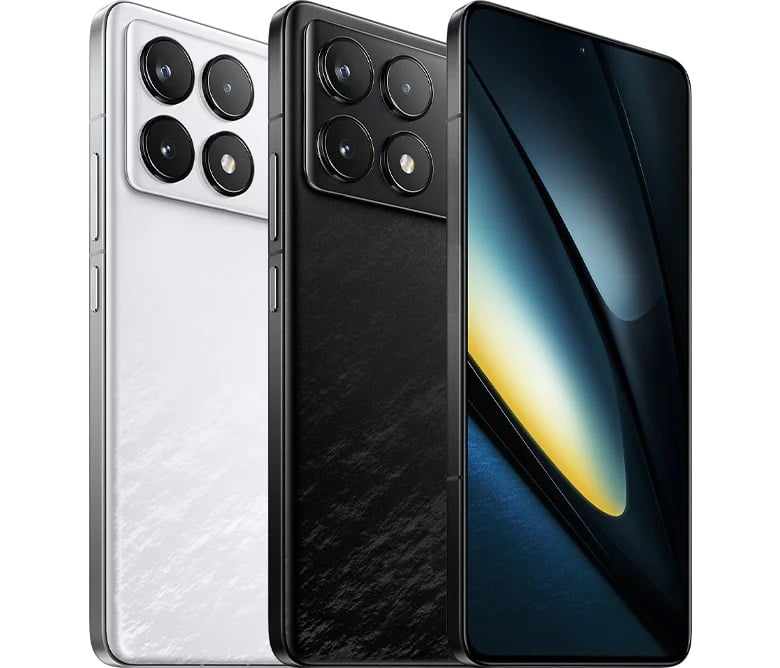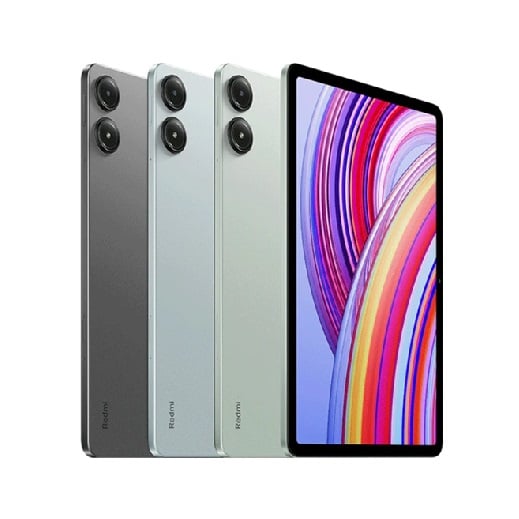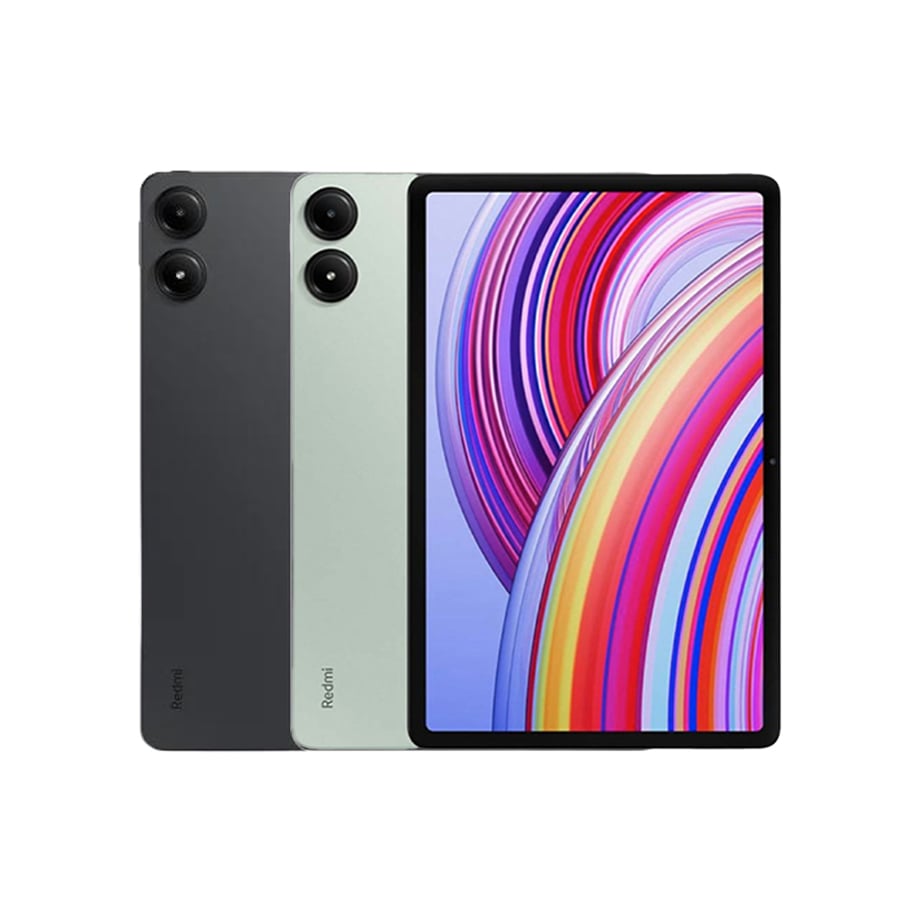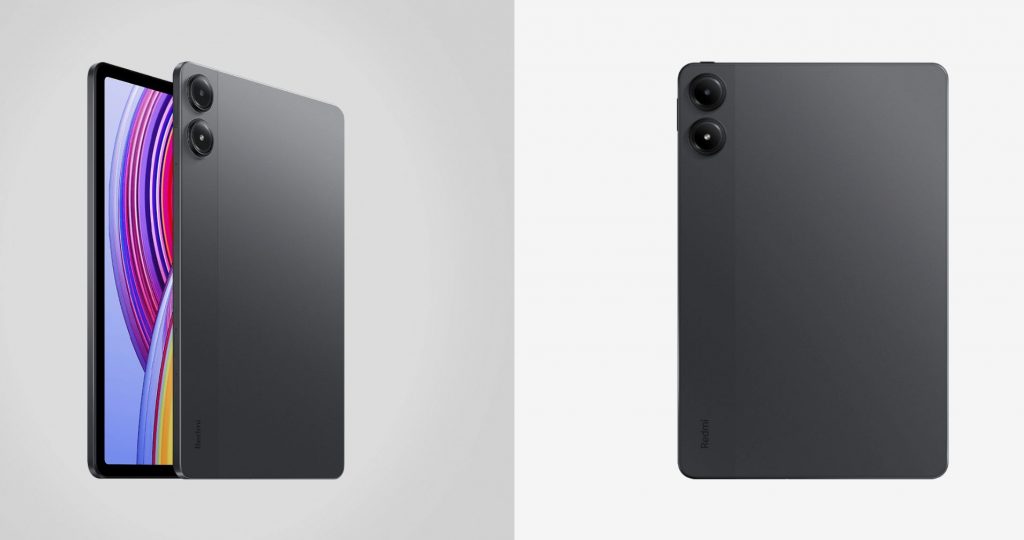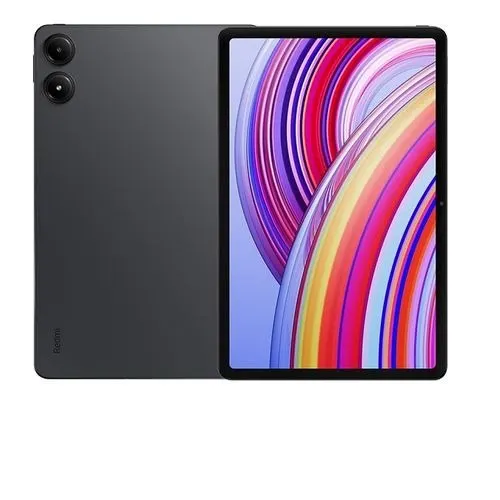Design
The Poco X7 Pro we reviewed is the striking yellow-black vegan leather variant, which POCO clearly emphasizes as the standout choice. The design is eye-catching, with the recessed line texture adding a premium touch to the look and feel. It’s a strong contender against the white variant of the Turbo 4. If aesthetics matter, the X7 Pro’s vegan leather back is a must-have, as the other two models feature plastic backs that don’t quite match its appeal.
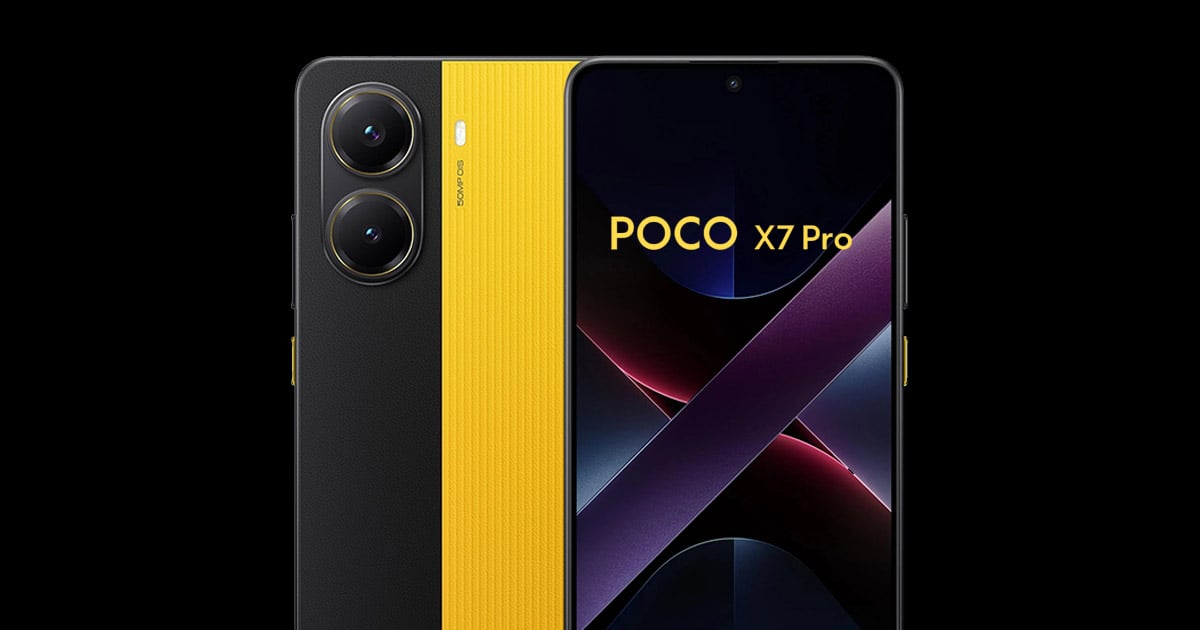
One downside is the absence of the LED light strip from the Turbo 4’s camera module. However, POCO has ensured the device remains lightweight, with all three variants weighing under 200g. Additional features include NFC and an IR blaster, but the headphone jack and TF card expansion are missing. Impressively, both the X7 and X7 Pro boast IP68-rated water and dust resistance—a notable achievement for mid-range phones. POCO deserves credit for these enhancements, which elevate the X7 Pro’s overall build quality.
The Poco X7 Pro is priced at $399 USD, making it an appealing choice in its category.
Display
The “Pro” designation in the X7 Pro is well-justified, particularly with its upgraded display. The standout improvement over the standard X7 is the increased brightness, making it more vibrant and usable in various lighting conditions. While it’s not an LTPO panel and the refresh rate bottoms out at 60Hz (like the non-Pro model), the completely flat screen, ultra-narrow bezels, and flagship-level brightness make it a strong contender in the mid-range segment.
However, the resolution doesn’t match the Redmi K80 Pro, and the display lacks DC dimming at lower brightness. One surprising shortfall is the cover glass: the X7 Pro uses Corning Gorilla 7i, whereas the non-Pro variant is equipped with the superior Victus 2.
That said, the screen still delivers excellent performance for the price, with POCO clearly prioritizing value in this area.
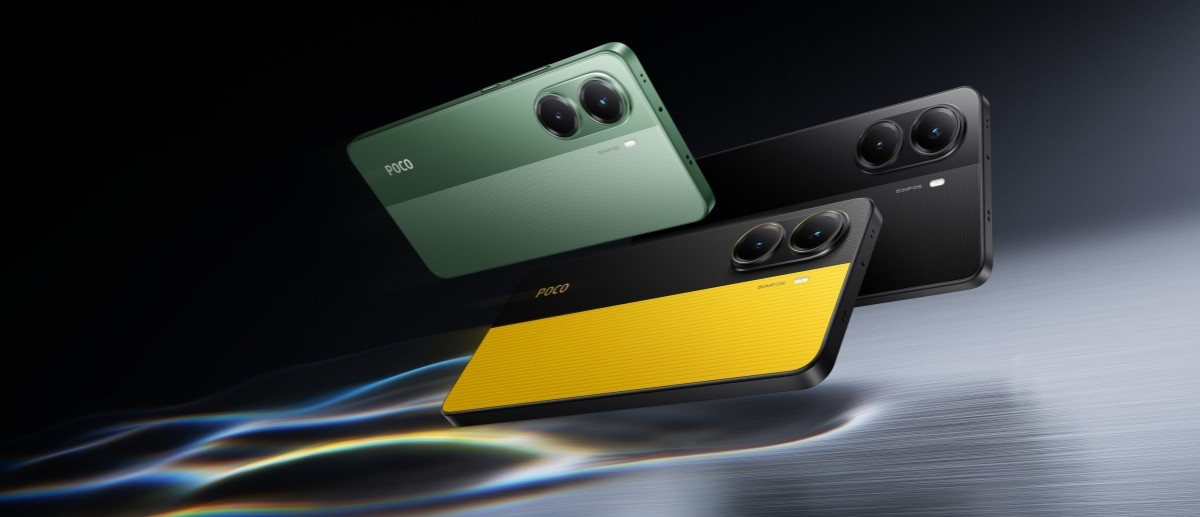
Performance
The Poco X7 Pro’s highlight is its powerhouse processor, the MediaTek Dimensity 8400-Ultra. This cutting-edge chipset is designed to outperform the Snapdragon 8s Gen 3, and benchmark tests confirm its capability. Except for single-core performance, where it slightly trails the Snapdragon chip, the Dimensity 8400-Ultra excels across the board.
Its unique all-P-core architecture, featuring eight A725 cores, combined with the efficient TSMC 4nm process, positions the Dimensity 8400-Ultra as one of the best mid-range processors of 2025.
Gaming performance is solid, particularly in demanding titles like Genshin Impact (v5.0 graphics upgrade). While it doesn’t quite match flagship-level GPUs like the Dimensity 9400, the X7 Pro offers smooth gameplay by balancing higher power consumption with stable frame rates. Its enhanced cooling system handles intensive gaming well, and for less demanding titles like PUBG Mobile, the performance is nearly indistinguishable from flagship devices.
In day-to-day use, the X7 Pro delivers excellent efficiency, making it a dependable choice for extended battery life and lag-free performance.
Camera
The Poco X7 Pro simplifies its camera system, featuring just two rear cameras. The 50MP IMX882 main sensor is carried over from the standard X7, while the ultra-wide camera is an 8MP unit. Dropping the 2MP macro camera was a smart decision, streamlining the setup for better usability.
The main camera performs admirably, producing realistic colors, good clarity, and usable macro shots via in-sensor zoom. However, the 8MP ultra-wide lens leaves much to be desired, with typical mid-range limitations in detail and dynamic range.
For video, the X7 Pro supports EIS-stabilized 4K recording at 60fps, delivering smooth results. The front-facing camera captures decent selfies with balanced exposure and detailed skin tones, but video recording is capped at 1080p 30fps.
While the camera system is not a standout feature, it fulfills basic photography and videography needs.
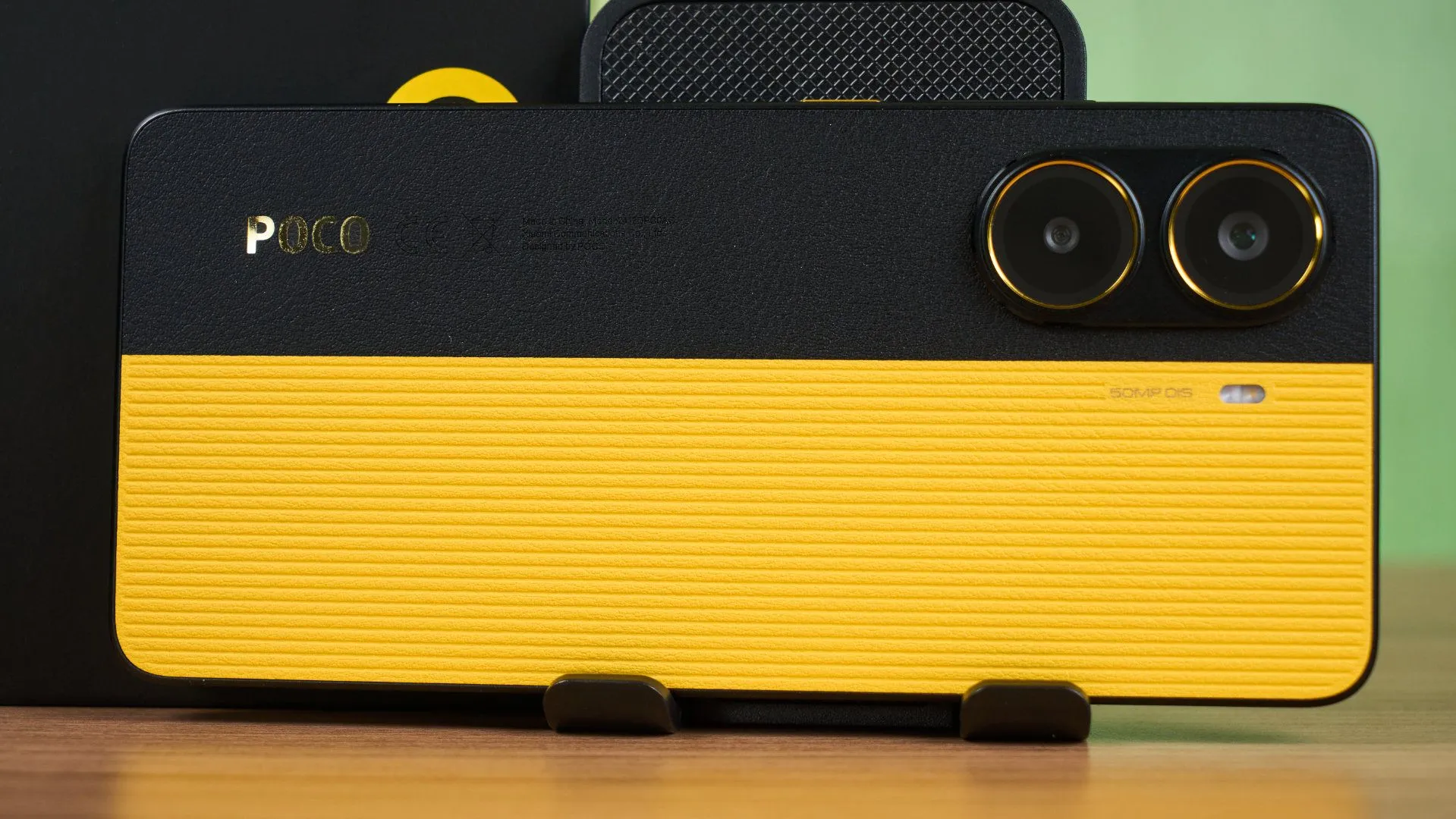
Battery and Charging
The Poco X7 Pro is equipped with a robust 6,000mAh battery, an impressive feat considering its lightweight build. It supports 90W wired charging, taking just 10 minutes to hit 38% and 37 minutes for a full charge. Although wireless charging isn’t included, the fast charging speeds make up for it.
The large battery ensures excellent longevity, even under heavy usage. While graphically demanding games like Genshin Impact drain power more quickly, the phone’s efficiency in other tasks is exceptional. Compared to its predecessor, the Turbo 3 (Poco F6), the X7 Pro shows a noticeable improvement in battery performance.
Verdict
Mid-range smartphones thrive on delivering solid performance and long-lasting battery life, and the Poco X7 Pro excels in both areas. Its powerful Dimensity 8400-Ultra chipset ensures smooth performance for daily tasks and gaming, while the 6,000mAh battery and fast charging add to its appeal.
Other highlights include an IP68 rating, a vibrant display, and thoughtful design choices like the vegan leather back. However, the camera system is average, and some compromises—like the lack of a headphone jack and TF card slot—might deter certain users.
For $399 USD, the Poco X7 Pro is an excellent choice for users who prioritize performance, durability, and battery life over imaging capabilities. It’s a well-rounded mid-range device that offers exceptional value for its price.

